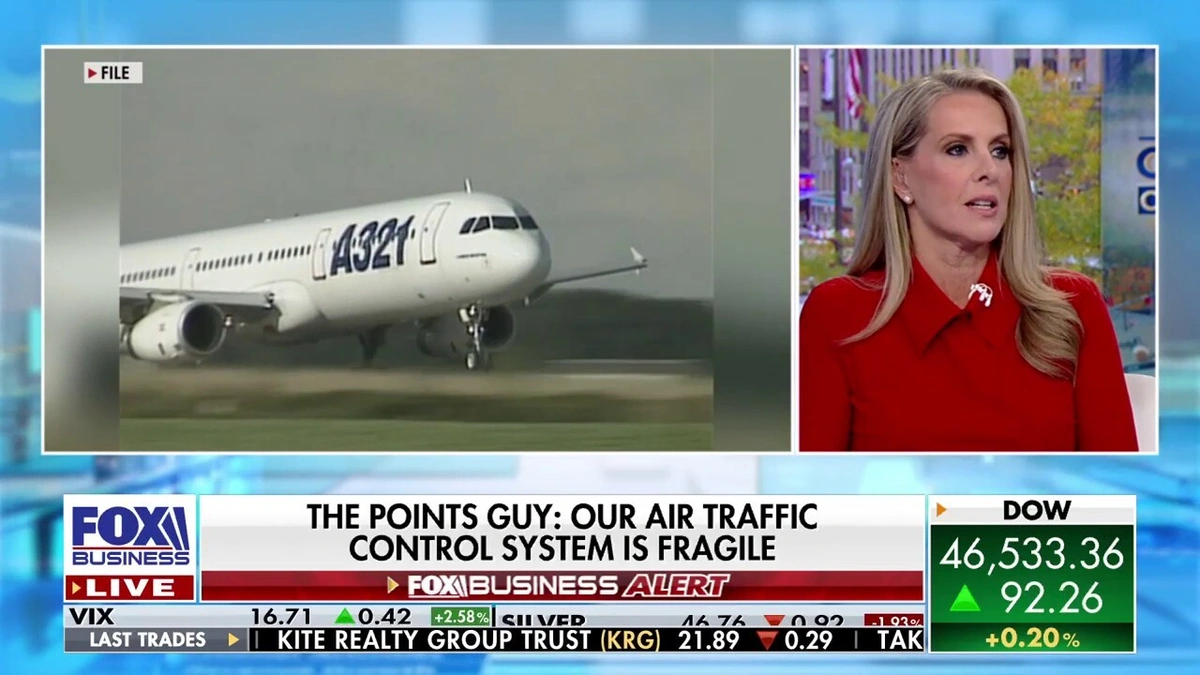The hum of a perfectly functioning air traffic control system is something most of us take for granted. Planes take off, planes land, and we arrive at our destinations (mostly) on time. But what happens when that system starts to creak? What happens when the folks guiding those planes the air traffic controllers are stretched thin? Well, that’s precisely the worry bubbling up right now, especially with the looming shadow of a potential government shutdown. Here’s the thing: it’s not just about delayed flights; it’s about a system under pressure.
Why FAA Staffing Matters—More Than You Think

So, why should you, sitting comfortably at home, care about FAA staffing levels ? Let’s be honest, it’s easy to dismiss this as some bureaucratic headache. But think about it this way: every flight you take relies on a complex choreography, orchestrated by these controllers. They’re the unsung heroes ensuring safety and efficiency in the skies. When they’re understaffed, the whole system feels the strain. What fascinates me is how a seemingly small issue like staffing can have such a widespread impact.
Imagine a highway during rush hour. Now imagine half the traffic police are absent. Chaos, right? That’s a pretty good analogy. Fewer controllers mean longer shifts, increased stress, and a greater potential for errors. And in aviation, errors aren’t just inconvenient; they can be catastrophic. According to a recent report from the Department of Transportation’s Inspector General , air traffic controller fatigue is a significant concern, directly linked to understaffing. I initially thought this was straightforward, but then I realized the implications are much deeper.
The Government Shutdown Wildcard
Now, throw a government shutdown into the mix. Suddenly, things get even more complicated. During shutdowns, many government employees are furloughed meaning they’re temporarily out of work. While essential personnel like air traffic controllers typically remain on the job, a shutdown can disrupt training programs, delay hiring, and further exacerbate existing staffing shortages. Let me rephrase that for clarity: it’s like pouring fuel on a fire that’s already burning.
But, a shutdown doesn’t just impact staffing directly. It also creates uncertainty. And uncertainty breeds anxiety. Controllers might worry about their paychecks, their benefits, and their job security. That stress can take a toll, affecting their performance and potentially compromising safety. And, that’sa problem no one wants.
India’s Aviation Growth and the FAA Connection
Why is this relevant to you in India? India’s aviation sector is booming. More people are flying than ever before. And as India’s airspace becomes busier, the lessons learned from the FAA’s challenges become incredibly important. We need to invest in training, technology, and infrastructure to support this growth. We need to ensure that our air traffic controllers have the resources and support they need to do their jobs effectively. It’s all about proactive planning. One thing you absolutely must remember is that proactive planning is essential for long-term success.
The FAA sets many of the global standards for aviation safety and efficiency. When they struggle, it sends ripples throughout the industry. It prompts conversations about best practices, about resource allocation, and about the importance of investing in the human element of aviation. It makes you wonder: are we doing enough to support those who keep our skies safe?
What’s the Real Risk? Digging Deeper
The real risk isn’t just about delayed flights or missed connections. It’s about eroding the safety margins that have made air travel one of the safest modes of transportation. It’s about pushing the system to its breaking point. We need to pay attention to these warning signs. A common mistake I see people make is assuming that everything will always be fine. But history teaches us that complacency can be dangerous. And I have experience to show this.
So, what’s the solution? It’s not simple, but it starts with recognizing the problem. It involves investing in air traffic control modernization , streamlining hiring processes, and providing adequate support for controllers. It also involves open communication and transparency. The public needs to understand the challenges facing the FAA and the potential consequences of inaction. We should also be leveraging technology like NextGen to improve efficiency and reduce workload.
But, the truth is, even with the best technology, we still need skilled, dedicated, and well-supported air traffic controllers. They are the guardians of our skies, and we need to treat them that way. And, for the sake ofevery passenger boarding a flight, it’s essential that we do.
FAQ | Your Burning Questions Answered
Frequently Asked Questions
What specific factors contribute to FAA staffing shortages ?
Several factors, including retirements, attrition, and difficulties in recruiting and training new controllers, contribute to the shortages.
How does a government shutdown specifically impact air traffic control operations ?
A shutdown can disrupt training, delay hiring, and create uncertainty among controllers, potentially impacting their performance.
What measures are being taken to address the FAA staffing challenges ?
The FAA is working to streamline hiring processes, invest in training programs, and modernize air traffic control technology.
How can passengers stay informed about potential flight delays related to staffing issues ?
Passengers can monitor flight status through airline websites and apps, and stay updated on FAA announcements.
Are regional airports impacted differently by these shortages?
Yes, regional airports may be disproportionately affected due to limited resources and staffing flexibility.
What is the role of aviation safety regulations in mitigating risks associated with understaffing?
Strict regulations and safety protocols help to minimize risks, but they are most effective when adequately staffed.




